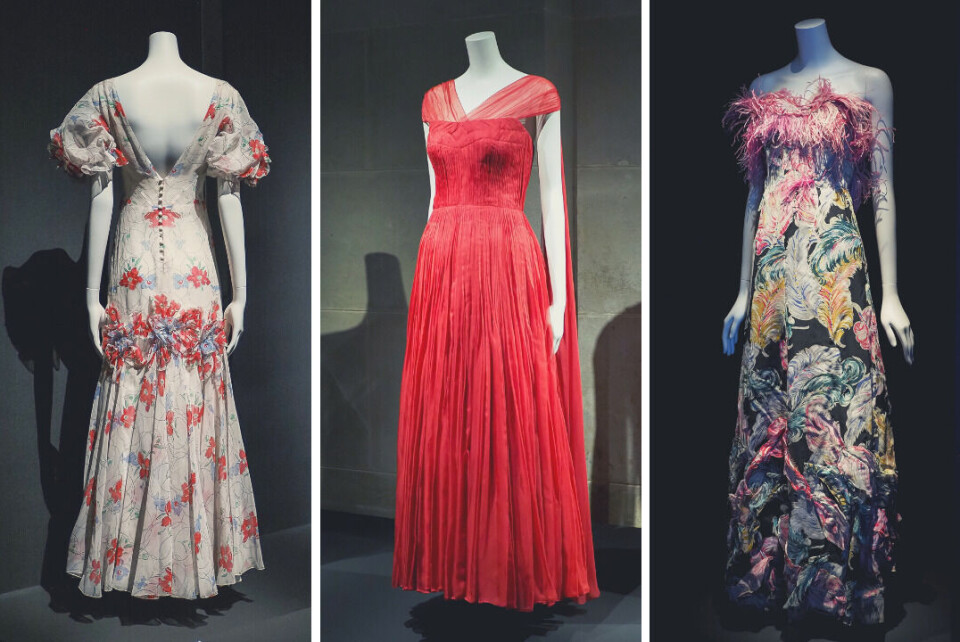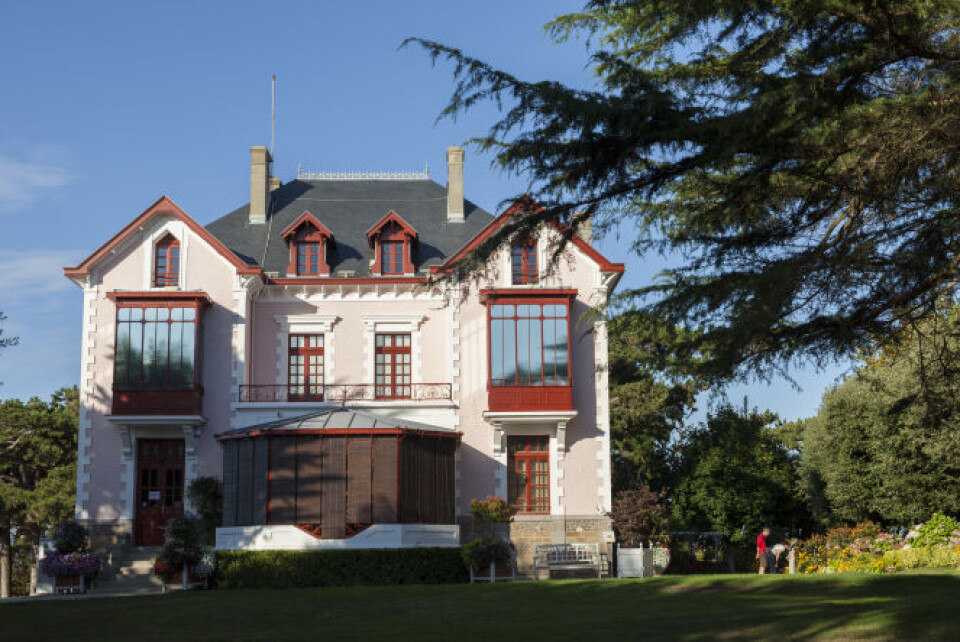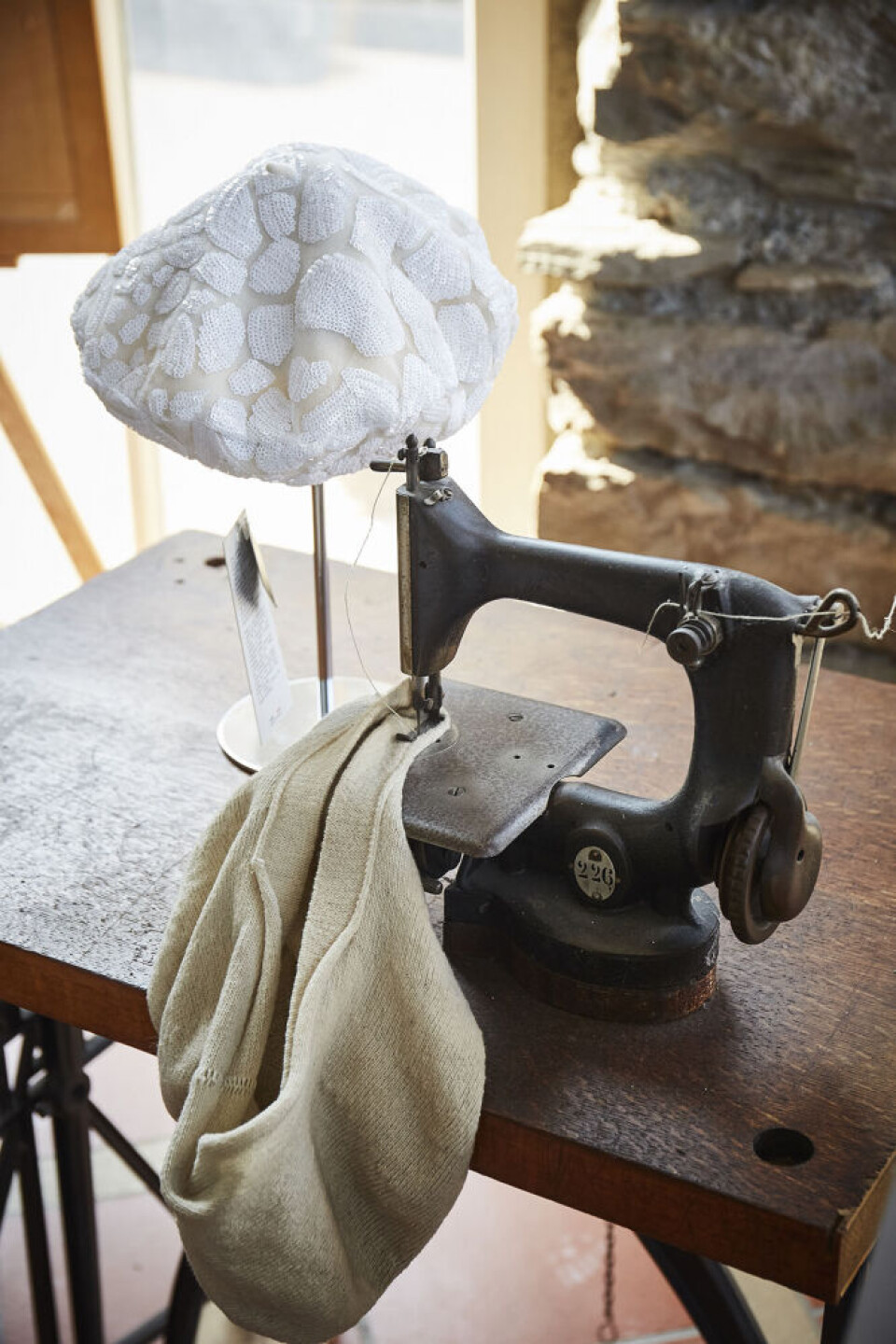-
Duck Cold! Four French phrases to use when it is freezing outside
We remind you of French expressions to use to describe the drop in temperature
-
When and why do we say le moral dans les chaussettes?
We explore this useful expression that describes low spirits
-
The origins and meaning of tirer les marrons du feu
As Christmas approaches, we look at a phrase to describe someone who takes advantage of a situation
From Dior to berets: Seven places in France for fashion-lovers
The country has plenty to offer fashionistas: from Dior’s childhood home in Normandy to a museum dedicated to the emblematic beret in the south of France

France and fashion are synonymous worldwide. The Haute Couture designers in Paris are of course not only fabulous but fabulously expensive – other stylish pleasures can however be discovered all over the country.
Christian Dior’s childhood home, Les Rhumbs, in Granville, not far from Mont-St-Michel in Normandy, is a lovely place to visit. The gardens, and their views out across the sea, are beautifully laid out and the very glamorous house contains a small collection of his designs.
The museum is not really a complete presentation of his life, and there is no original furniture, but the clothes speak for themselves. The rose gardens, set around a pergola and ‘miroir d’eau’ are particularly spectacular. (If sketching is your passion, this is a great place to indulge.) In normal times there are activities for children, but call ahead when planning your visit to find out what is on this summer. With luck the very nice tearoom will be open.
While in Granville, make time to visit the Contemporary Art Museum (Musée Anacréon aka Le MAMRA) in the Haute-Ville. You can walk up the 100 steps from the main town, or drive up to the free car park at the top. To discover are an interesting collection of 20th century art, books and manuscripts including some original writings by Colette. Having visited the museum, you can stroll along the ramparts enjoying the sea views.
The workshop/gallery in Louis Vuitton’s family home in Asnières-sur-Seine in the northern outskirts of Paris is only open for a couple of days every other year, but if you are going to be in the area it is worth contacting them to enquire about dates/times, and in any case the website alone is worth visiting. The house is beautiful, and the photos show some of the processes involved in making high quality handbags, cases and luggage.
The address is 18 Rue Louis Vuitton, but the entrance is in Rue de la Comète.
If you do visit in person (entrance is free), you will be able to explore the house, the garden and the museum with its ‘Time Capsule’ – a collection of gorgeous vintage travel accessories.

Pretty in pink: Christian Dior’s childhood home. Pic: Philippe Fauvel , Office de Tourisme Granville Terre et Mer
Heading south to Loire, in Chazelles-sur-Lyon, an hour’s drive west of Lyon, there is a hat museum where you can find out how various types of hats are made. The Atelier-Musée du Chapeau has videos (subtitled in English) and a guided tour (in English) as well as fun questionnaires for children. Did you know that a hatter makes headwear for men, but a milliner creates hats solely for women? Time your visit correctly and regulations permitting, you could even have lunch in the museum’s attractive restaurant.
The privately-owned Musée de la Mode in Albi, north-east of Toulouse, boasts a fine collection of fashion, including shoes, hats, bags, fans, gloves, jewellery and other accessories, and also has a temporary exhibition about embroidery which is set to run until the end of the year. (www.musee-mode.com) The very knowledgeable and friendly owner also has a shop next door selling vintage clothes and accessories.
The beret is also an emblematic part of French fashion and of course has its very own museum (Musée du Béret) in Nay, not far from Pau in Pyrénées-Atlantiques. It is extraordinary to think that a beret, which started life as a simple traditional head-covering has now been adopted by armed forces worldwide.
Personalities as disparate as Abbé Pierre (the saintly founder of Emmaüs) and Che Guevara adopted the beret as part of their brand. A full history of the beret, which originated in the region, is traced along with fabrication methods, and the museum also provides a handy guide as to the various ways in which a beret can be worn. You can also check this out online (www.museeduberet.com). The manufacture and care of berets is also covered – this is one of the last place in France where berets are made – and of course you can buy one in the shop.
Discover everything there is to know – even how it should be worn – about the beret in Nay, Pyrénées-Atlantiques. Pic: Musée du Béret

Fashion of course, is not solely for women. Men’s fashion has often been every bit as luxurious and unrestrained as women’s, as demonstrated by the Musée de la Chemiserie et de l’Elégance Masculine in Argenton-sur-Creuse (in Indre, just south of Châteauroux).
In 1860, an industrialist called Charles Brillaud opened the first automated clothing factory in Argenton, using the very first Goodwin sewing machines with two threads. He was rapidly followed by other manufacturers and soon between them they were employing 400 women making men’s shirts, mainly for large shops in Paris. By the Belle Epoque, numbers had increased to around 3,000 workers. By the 1960s there were 17 workshops employing 1200 machinists, making shirts for designers including Christian Dior and Pierre Cardin.
The idea of opening a museum was floated in 1980 by a group of ex-employees in the town who wanted to preserve their cultural heritage, and it was finally opened in 1993. It is housed in the large U-shaped building used by Charles Brillaud. Today it houses a permanent exhibition about the history and techniques of making men’s shirts in one wing and temporary exhibitions in the other. An interesting scrap of knowledge is that shirts were until relatively recently, considered as undergarments. The displays also explore the way shirts convey occupations and class distinctions – blue or white collar. Finally, there is a film about the lives of the female machinists who made all these shirts, and a reconstruction of a factory workbench.
The history of underwear, for both men and women is very thoroughly traced at the Palais Galliera Musée de Mode in Paris. As well as their spectacular collections of outerwear, they have around 5,000 pieces of underwear dating from the early 19th century. Although some garments serve a purely hygienic purpose, many of those designed for women reflect women’s place in society and their decorative value.
Palais Galliera Musée de Mode in Paris has a spectacular fashion collections. Pic: Laurent Vu / SIPA

Herminie Cadolle (1845-1926) is credited with inventing the modern bra in 1889. She was a Revolutionary and radical feminist, taking part in the 1871 Commune de Paris for which she spent six months in jail. Not daunted, she continued her political activities until in 1887 it seemed prudent to remove herself from Europe for a spell.
In Buenos Aires, she continued her day job as a corset maker, and came up with the idea of a ‘Corset Le Bien-Etre’ – which supported the breasts but did not constrain the waist. Having patented the idea, she went back to Paris to present it at the Exposition Universelle of 1900.
She founded her Maison Cadolle in 1910 and six generations later, the company is still going strong.
Related stories:
Magical tour: Discover France’s most spectacular illusion museums
Legacy of La Poste: Tracing France’s postal service through the ages
























